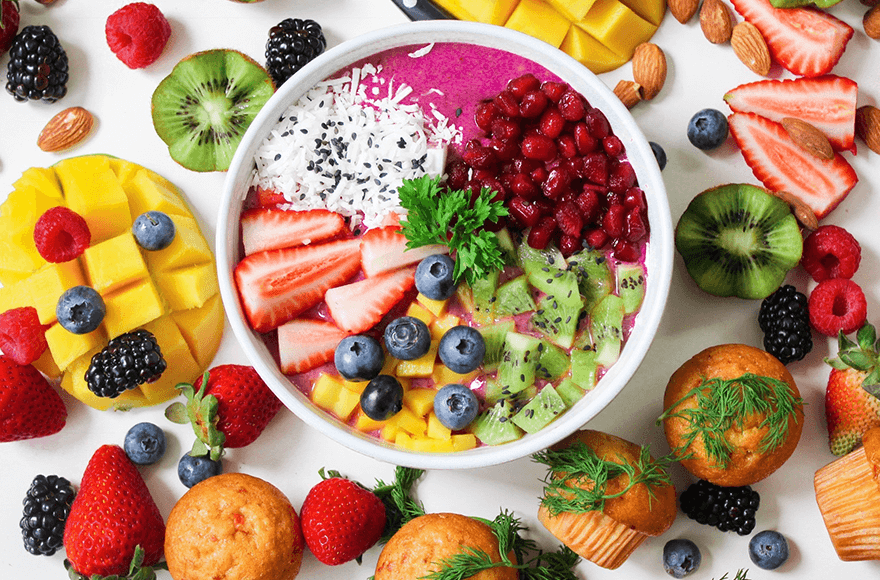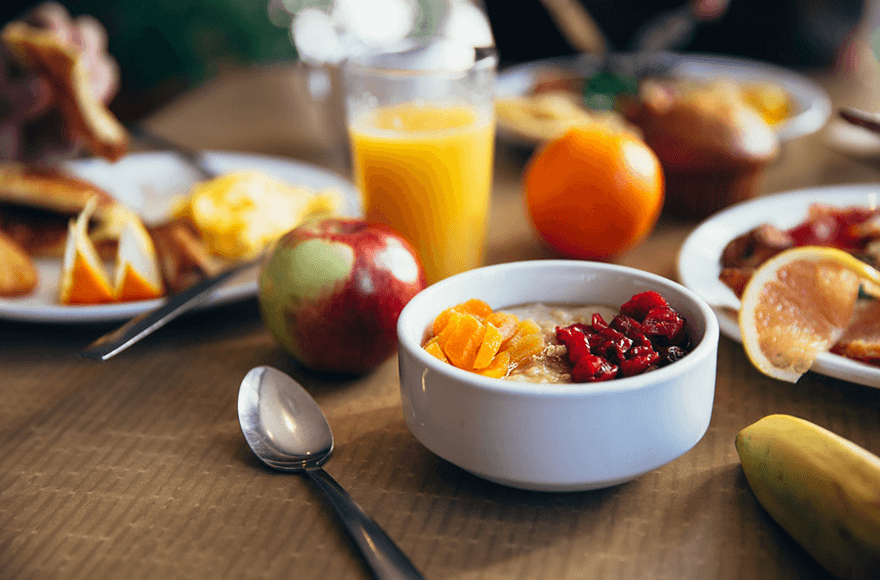‘My child won’t eat anything. I am tired of trying new things everyday. I don’t know what to do or how to help him Iam tired of listening that he would grow out of it I felt alone, like a total failure as a mother and see my child struggling with food…
That was her story…
It led to google searching, finding ways to understand how to help her son & failing every time…
Sounds familiar?
You have a big influence over the family environment where meals take place and the types of foods your children eat. Positive experiences about food early on may help your children develop healthy eating habits later in life. Read on the simple and possible ways to develop healthy eating habits in your children.
Lead by example
If you truly want to see your children eating well, then you really do need to take the lead on this one. You can’t expect them to want to tuck in to lentils and tofu for dinner if you’re cooking yourself a pizza, or ask them to snack on chopped veggies and hummus while you’re eating a bag of crisps. Making a decision and sitting together for eating at the dinner table, shows them that they all are together in this.
‘Actions speak loud than words, so don’t expect that any change will happen unless they see you changed’
Healthy cupboards

If you and your children are hungry and there are a lot of unhealthy options available, you will be more inclined to make poor food choices. This can so easily be avoided simply by not buying those items in the first place – for them and for you. Encourage balance- Balance of eating nourishing foods and fun foods. Keep the fun foods for only weekend treats or once in fifteen days. This will stop so many unnecessary arguments with your children.
You are the primary nurturer. You hold the power to decide what populates your kitchen – use that power wisely.
Keep a label check for hidden sugar
It’s genuinely obvious that the first things that they love is candy bars, soda, sweets and pastries. However, it is equally important to keep an eye out for hidden sugar (check the calories levels)– there’s tons of it! Many foods you may not expect rank high in the white stuff: fruit juices, “healthy” cereal, granola, canned fruit, snack bars, dried fruit, fruit-flavored yoghurts, tomato sauces, salad dressings, soups, and many items marked as ‘low-fat’ or ‘diet’.
Start checking the hidden sugar labels and buy more things which dont have labels in the first place. Glucose, fructose, fruit juice concentrate, and the list goes on…
Breakfast- the most important

Research has found that children’s breakfast cereals can contain as much as three teaspoons of sugar per serving. That’s the same as putting two-and-a-half chocolate biscuits on their plate each morning.
This really is a meal we should be acknowledging to start a healthier eating lifestyle for the whole family. We really need to think what we are serving to our children, your job is to move away from sugary cereals, bars , flavored yogurts instead of serving real food, freshly cooked, homemade, more from the fresh produce & not from the packet or box. Do you want ideas, here are few- boiled eggs, French toasts, stuffed paratha, sandwiches, smoothies, fresh fruits, grain porridges…
Plan ahead
For busy parents (what parents aren’t busy?), part of the difficulty in getting children to eat well is simply lack of time.
Passing kids some crisps to eat on the way home from school or sticking a ready-meal in the oven often seems like the easier option. However, with a little planning and preparation it doesn’t have to be this way.
I always find it beneficial to sit down on Sundays and look at my week ahead and plan, procure, and sit back freely. Then I have a better idea to plan my menu daily.
‘Whatever you can get done ahead of time on your prep day speeds things up during the week and is often a lifesaver when the clock strikes dinner time and you’re tired and uninspired.”
Portions and timing
Children don’t need adult portions of food – especially if most of it is empty calories, i.e. white pasta or white rice. The most important thing is that at least two-thirds of their plate is filled with vegetables and plants, and then the rest with good carbs and lean protein.
I always offer vegetables first. Often, before I even serve them their meal, I will put down a plate of raw veggies with a dip or spread some sauce, dip works more:)
It is also important to teach your children to stop eating once their tummies are telling them they have had enough. We should be training our brains from an early age not to over-eat simply because it is on our plate.
Works… yes it works!
No Big Deal Eating
Don’t make food a battle of wills or power. Just present new foods, new ingredients, new ideas with a “no big-deal” mentality.
The less fuss you make about what goes on the kitchen table, the better – then children have fewer pre-conceived ideas about what they like and don’t like. Let them figure that out for themselves.
Build Bridges and Nurture.Simple.
If you are struggling or have a same story, do share in comments and get in touch with a therapist or expert. Taking help is more about learning from those who are already done it. Take help and make your child happy again !
Happy Feeding!


